The number of patients coming to the Central Eye Hospital for examination and treatment of pink eye (acute conjunctivitis) in July and August 2023 was double that of previous months with about more than 2,600 patients.
Reduced vision due to pink eye
Associate Professor, Dr. Le Xuan Cung, Head of the Cornea Department - Central Eye Hospital, said that every year, during the hot summer, in densely populated areas, there are outbreaks of acute conjunctivitis caused by Adenovirus (bacteria that cause both respiratory infections and eye pain). Acute conjunctivitis causes damage to the conjunctiva and makes it susceptible to secondary infections from other microorganisms in the eye as well as from the external environment, most commonly bacterial infections.
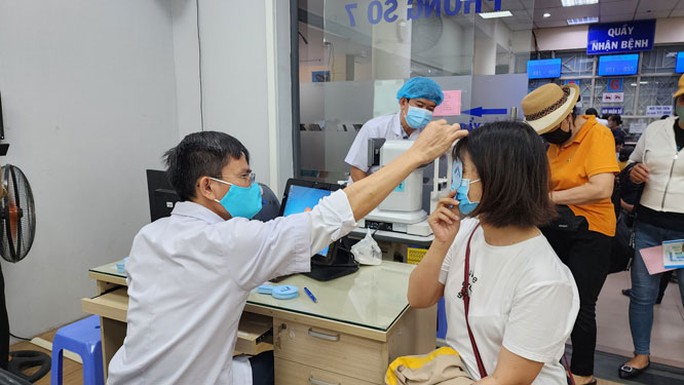
Doctor examines a patient with pink eye at Ho Chi Minh City Eye Hospital. Photo: HAI YEN
For about a month now, the Ophthalmology Department of the National Children's Hospital has been packed with sick children every day. Most of the children come to see a doctor because of pink eye.
Dr. Luu Thi Quynh Anh, Deputy Head of the Ophthalmology Department - National Children's Hospital, said that every day, the department receives 40 - 50 children with symptoms of acute conjunctivitis, of which 80% are caused by Adenovirus. In children, pink eye is accompanied by symptoms of upper respiratory tract infection and rhinopharyngitis.
"The number of cases of pink eye has increased dramatically in the past month, mainly in preschool children (under 5 years old). There are families with 4-5 people who have been infected because the children came into contact with friends with pink eye at school and then returned home and infected their relatives," Dr. Quynh Anh informed.
According to the Ho Chi Minh City Department of Health , through quick reports from hospitals in the area, since the beginning of the year, the number of cases of pink eye is 71,740. Notably, the number of cases in recent days has tended to increase compared to the first months of the year. Of which, about 1/3 of the cases are school-age children.
On the morning of September 6, Ms. Nguyen Thi Nga (41 years old, teacher) had to take a day off work to go to the Ho Chi Minh City Eye Hospital for a check-up because her eyes suddenly felt painful and uncomfortable after waking up.
"On the first day of school, I received information that some children had pink eye and had to stay home from school. So when I had symptoms of pink eye, I went to the hospital to prevent the spread of the disease to my family and students," said Ms. Nga.
With the same symptoms, Ms. Truong Cam Thuy (47 years old, living in District 7, Ho Chi Minh City) said that a few days before, her husband had pain and red eyes. Although she had been very careful in following the doctors' recommendations, she still showed signs of infection.
Specialist II Doctor Nguyen Thi Dieu Tho, Head of General Planning Department - Ho Chi Minh City Eye Hospital, said that recently, the hospital receives about 60 - 70 cases of pink eye every day.
Similarly, every day Children's Hospital 2 (HCMC) also receives about 60 - 70 children with pink eye coming for examination. Sitting waiting to get medicine with red and swollen eyes, Mr. TQK (40 years old, living in Binh Duong province) said that nearly a week before, his daughter came home from school with swollen eyes. After that, her eyes were red but not painful, no discharge. Therefore, he bought eye drops for his daughter himself but the condition did not improve, her eyes became redder so he took her to the hospital for examination. "The doctor examined her and diagnosed her with pink eye. I was also infected" - Mr. K. said.
Do not self-treat pink eye.
According to Dr. Luu Thi Quynh Anh, pink eye is not a dangerous disease, but if not treated promptly, it can lead to complications such as corneal scratches and even loss of vision. The disease starts 3-7 days after exposure to the source of infection, with symptoms of conjunctival congestion (red eyes), watery eyes, and green-yellow discharge.
In particular, in children, the disease is at risk of pseudomembrane, a thin, white membrane covering the conjunctiva, causing bleeding, making the disease take longer to heal, or causing corneal damage. In a few cases, secondary infection can cause complications of inflammation and ulcers, affecting the child's long-term vision.
"Normally, pink eye will be cured after 5-7 days of treatment. However, this year, many cases are more severe with keratoconjunctivitis requiring treatment for 10-20 days. There are patients who buy medicine to treat themselves, leading to corneal ulcers, increased intraocular pressure, and even corneal scarring, which impairs vision," Dr. Quynh Anh worries.
Associate Professor Le Xuan Cung said that when treating acute conjunctivitis in children, especially severe cases, the role of parents and relatives is extremely important because children cannot take medicine themselves. For young children with severe acute conjunctivitis, caregivers need to prevent children from rubbing their eyes because bacteria on their hands can be transferred to the eyes, causing secondary infection. Try to put medicine in the child's eyes and coax the child not to cry so that the medicine does not wash away.
In addition, patients should not wear contact lenses when suffering from conjunctivitis; use personal items separately, limit contact in crowded places; should not buy medicine to use on their own; should not use folk remedies such as steaming or washing eyes with betel leaves, because the vapor from the leaves can damage the corneal epithelium - Associate Professor Le Xuan Cung advised.
Preventive hand washing
Dr. Nguyen Thi Dieu Tho confirmed that there is currently no specific treatment for pink eye. Therefore, the treatment method is still monitoring and using antibiotics to prevent secondary infection.
The simplest but most effective measure to prevent the spread of pink eye is to wash your hands regularly with soap and clean water; do not rub your eyes, nose, or mouth; do not share personal items such as eye drops, towels, eyeglasses, masks, etc.; clean your eyes, nose, and throat daily with saline, regular eye drops, and nasal drops; use soap or common disinfectants to disinfect the patient's belongings and utensils; limit contact with people who have or are suspected of having pink eye.
Doctor Tho noted that pink eye can be confused with diseases such as glaucoma, uveitis, etc. These are dangerous diseases that need to be diagnosed and treated early. Therefore, when there are symptoms of pink eye, patients should go to an ophthalmologist for timely examination and treatment. In particular, do not buy eye drops on your own. If used incorrectly, it will make the disease worse, even cause corneal ulcers, affecting vision.
"At the hospital, during examination, the doctor will use a microscope to diagnose and differentiate the types of pink eye. From there, appropriate treatment options will be developed," Dr. Tho analyzed.
Faced with the increasing number of cases of pink eye, the Ho Chi Minh City Department of Health has coordinated with the Oxford University Clinical Research Unit (OUCRU) to conduct research to find and accurately identify the cause of pink eye.
The Department of Health also sent a document to the Departmentof Education and Training requesting to proactively increase detection and instruct students and parents on how to detect and prevent pink eye.
Source






![[Photo] Prime Minister Pham Minh Chinh meets with Hungarian President Sulyok Tamas](https://vphoto.vietnam.vn/thumb/1200x675/vietnam/resource/IMAGE/2025/5/29/dbcaa73e92ea4448a03fe1d0de6d68e8)
![[Photo] Vietnamese and Hungarian leaders attend the opening of the exhibition by photographer Bozoky Dezso](https://vphoto.vietnam.vn/thumb/1200x675/vietnam/resource/IMAGE/2025/5/29/94d8ceca5db14af3bf31285551ae4bb3)





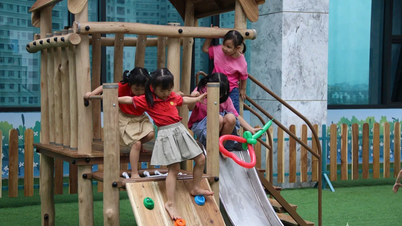

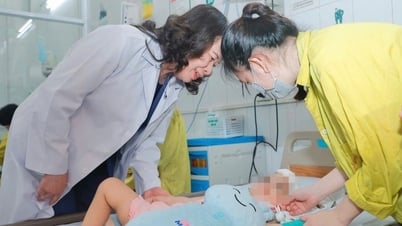

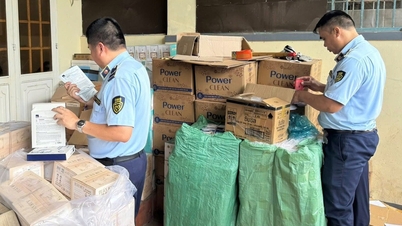










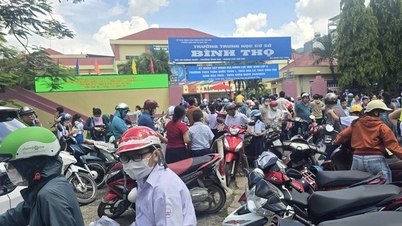
![[Photo] Prime Minister Pham Minh Chinh receives a bipartisan delegation of US House of Representatives](https://vphoto.vietnam.vn/thumb/1200x675/vietnam/resource/IMAGE/2025/5/28/468e61546b664d3f98dc75f6a3c2c880)



































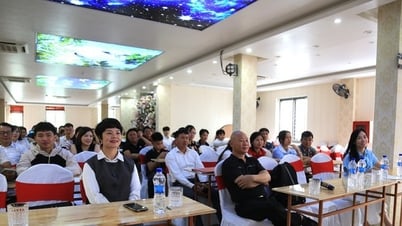





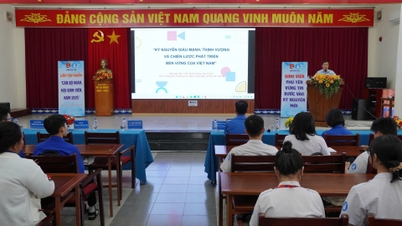















Comment (0)